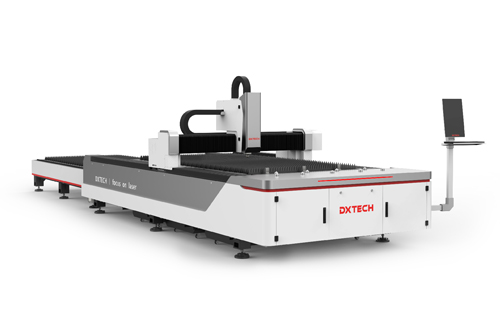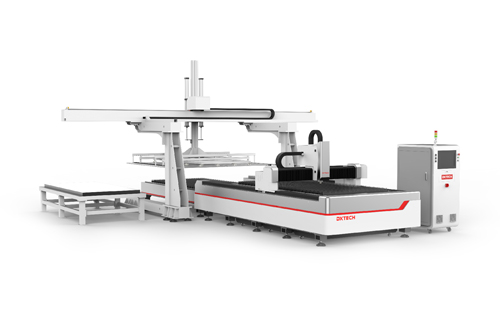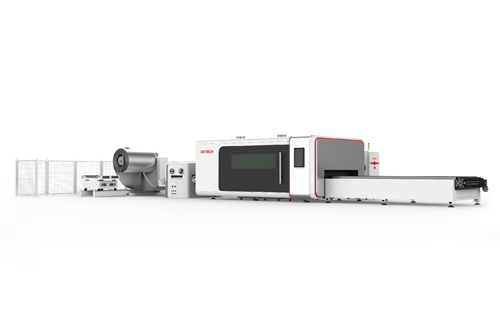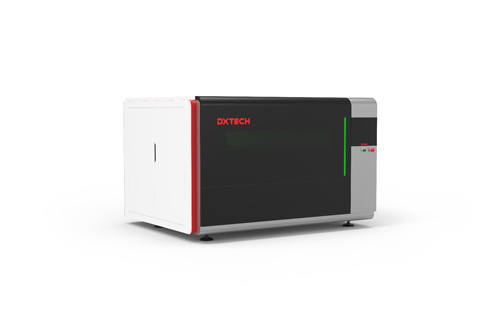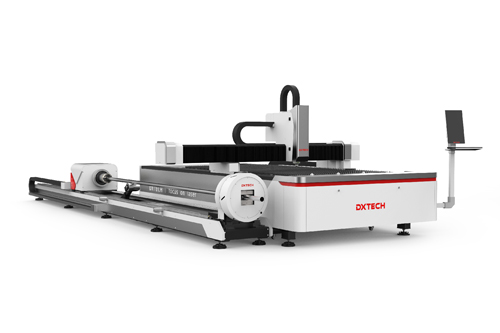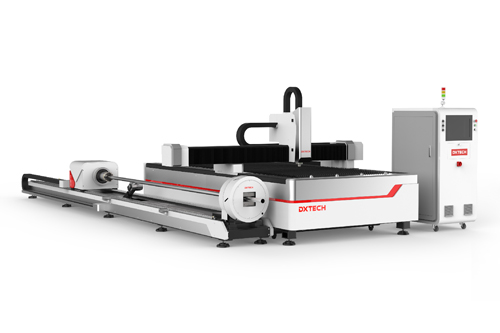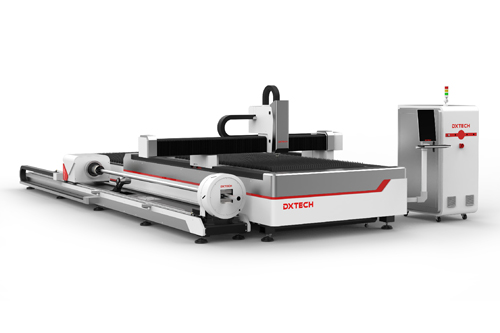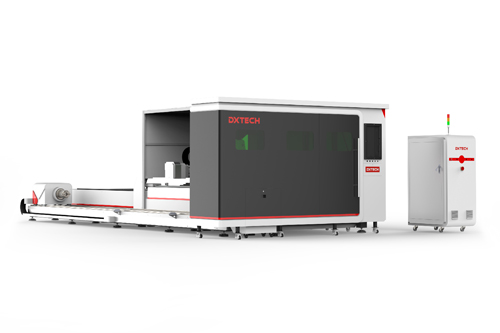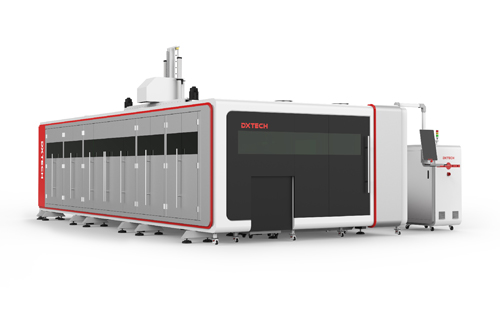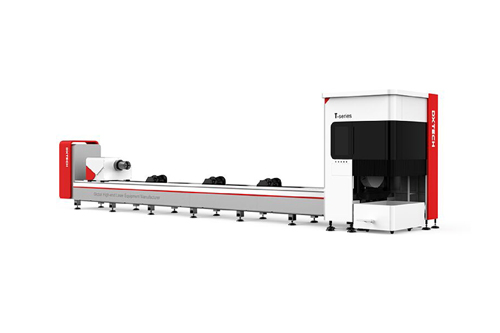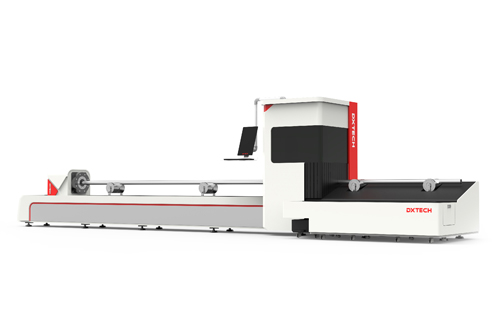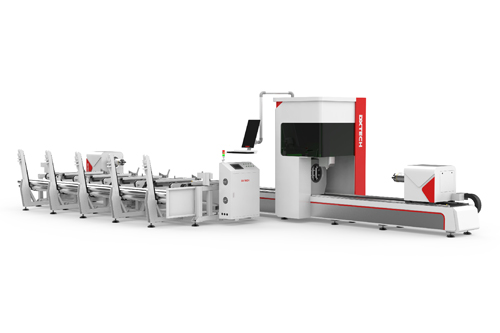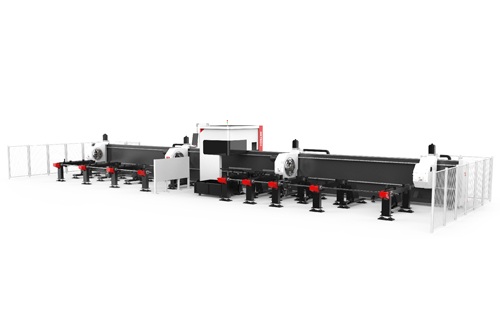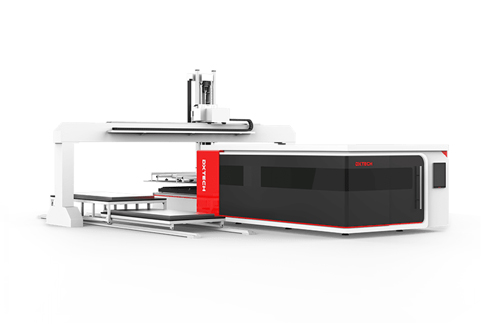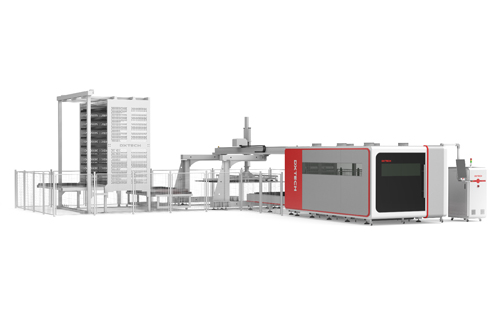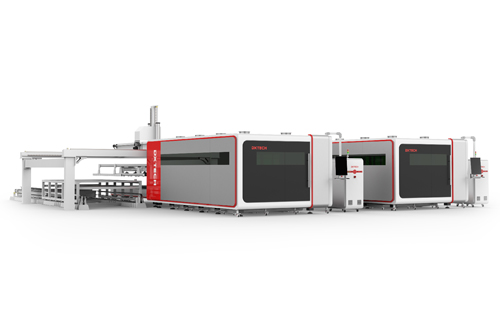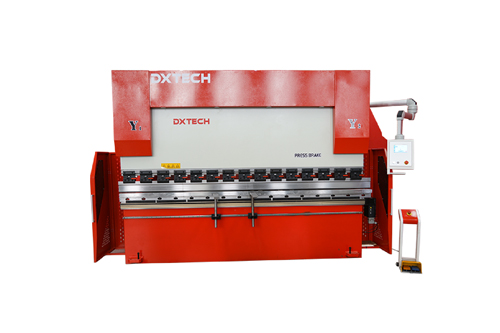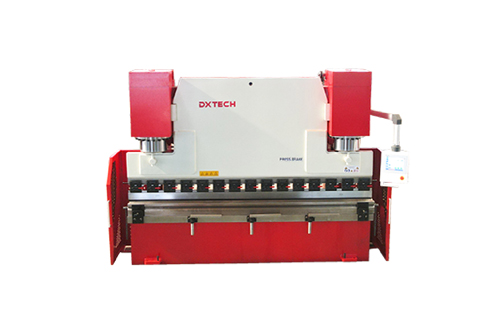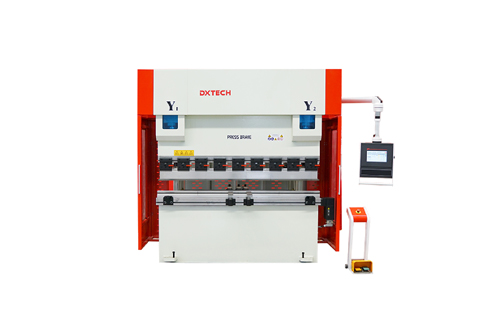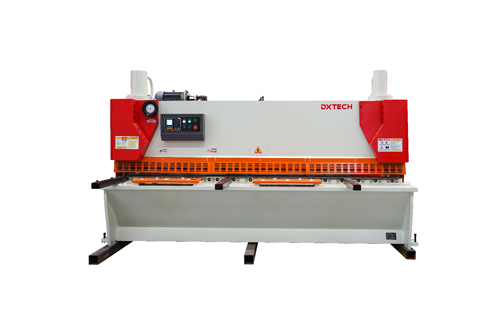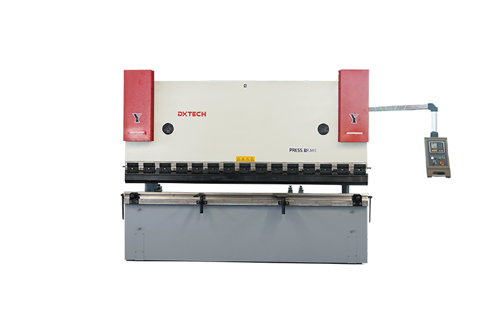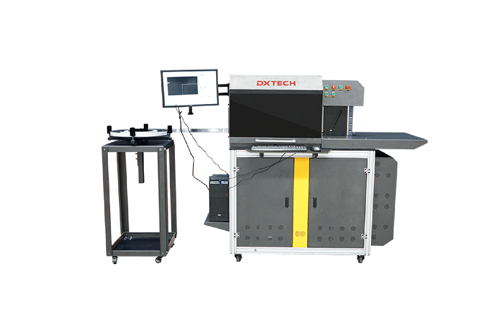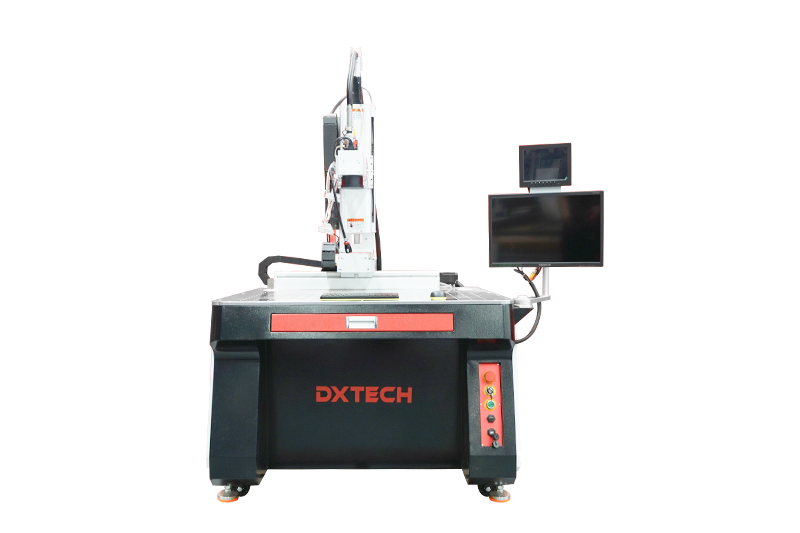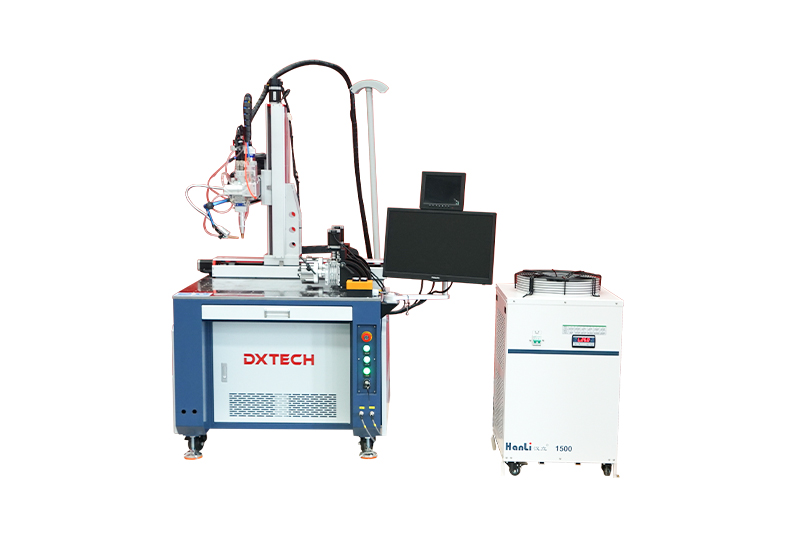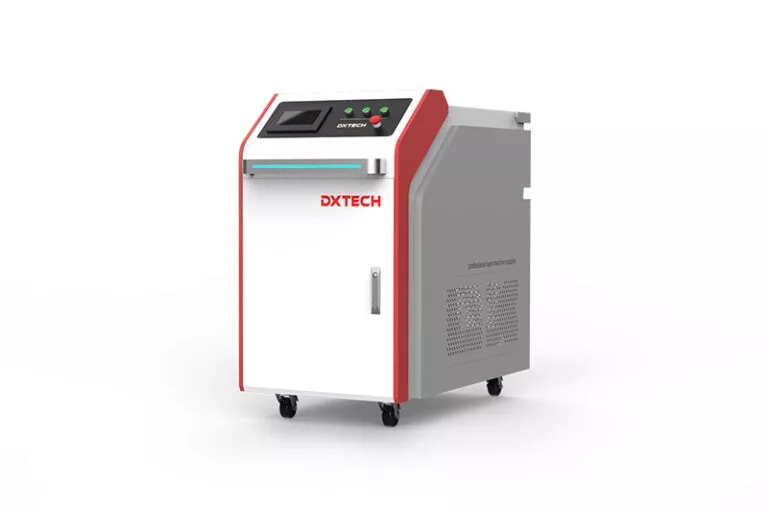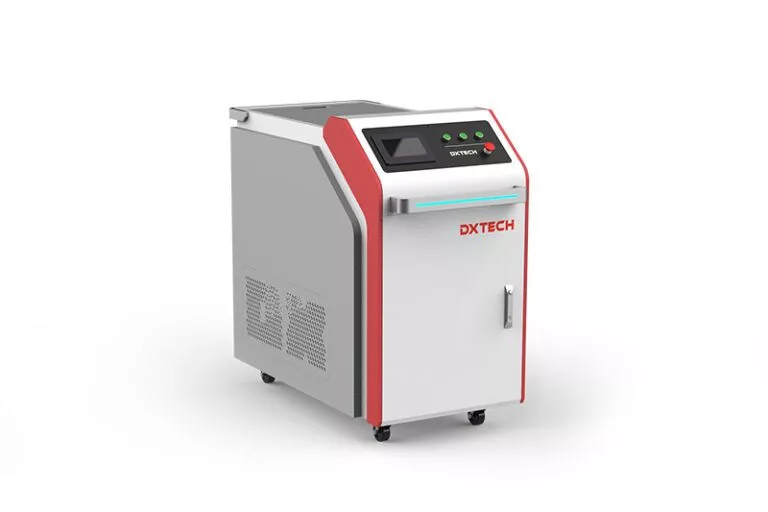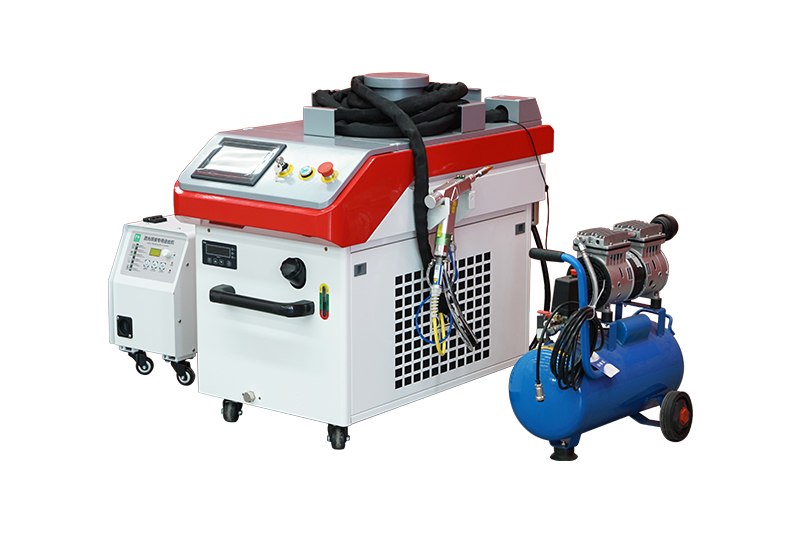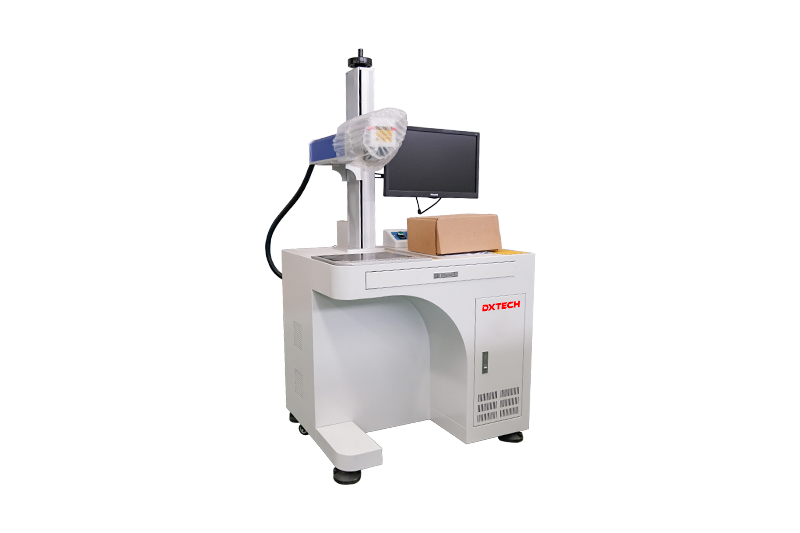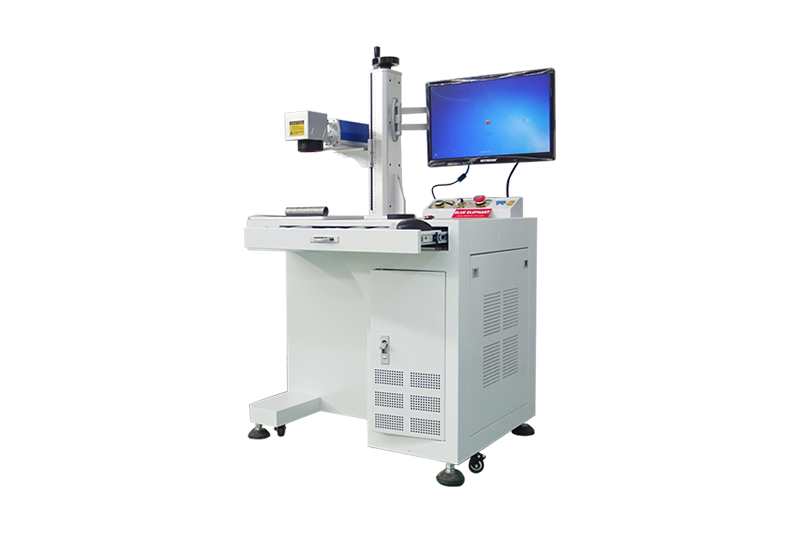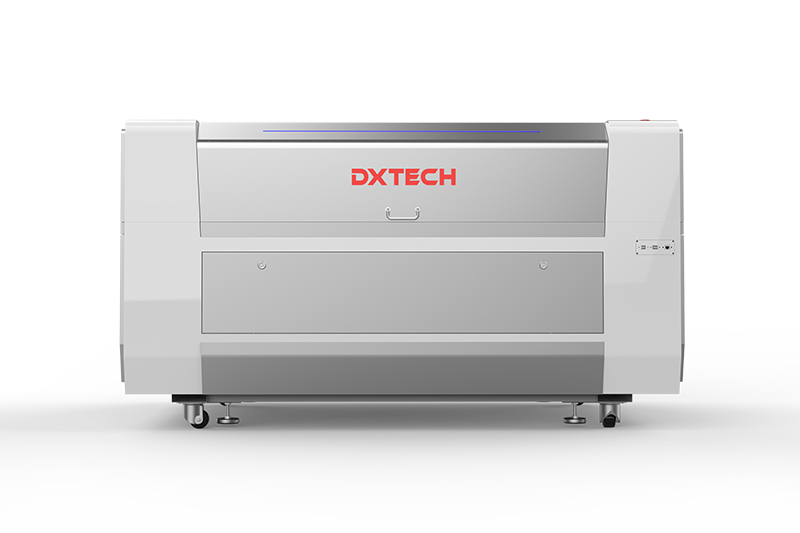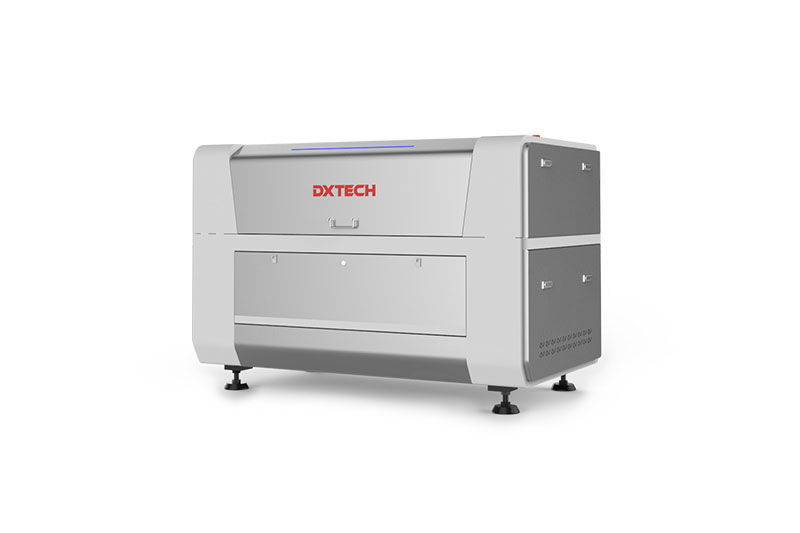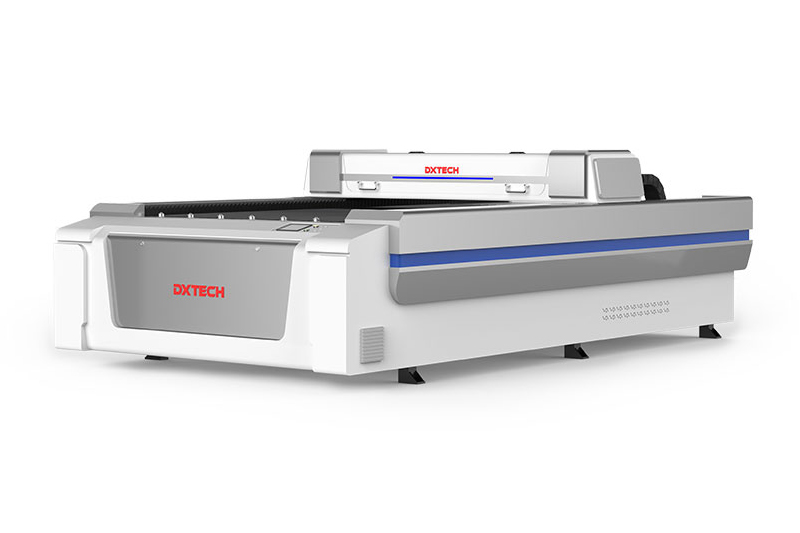Do you want to know what is laser etching metal? Similar to laser engraving metal, laser etching metal uses a high-energy laser beam to thermally etch the metal surface. You may ask: ”Is laser etching metal the same as laser engraving metal or laser marking metal?” Of course not. Although sometimes these three laser methods are similar, they share many obvious dissimilarities.
In this article, we provide you with a detailed introduction regarding laser etching metal. And hope that after reading through this article, you will also be able to judge whether this is the right processing method for your metal processing project.
What Is Laser Etching Metal?
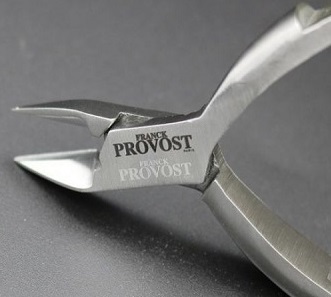
The laser etching metal process is a chemical reaction. It uses a high-energy laser beam to melt and expand the part of the metal surface and produce bulging marks. The irradiated part will have obvious coloration, such as black, gray or white. Another etching method is to use the chemical substance. When the laser irradiates on this chemical substance, it will cause a chemical reaction with the metal surface, thus making the surface show obvious marks. Laser etching is permanent. Generally, the etching depth does not exceed 0.02mm.
The marks are durable and can remain good readability for a long time, and hence laser etching metal can make permanent marks such as product serial numbers, barcodes, logos, etc. Also, as the etching depth does not exceed 0.02mm, laser etching is suitable to process precious metals. In the jewelry customization field, jewelry manufacturers can use the laser etching method to customize unique patterns for customers.
You can also combine laser etching metal with the dyeing process to achieve more diversified coloring effects. This requires you to clean the metal plate and coat it with a photosensitive film. You need computer graphics to show the drawing on film. Put the film in the right place and expose the material. The laser beam only illuminates the coating under the light-transmitting area, and the illuminated coating hardens so that the developing solution cannot dissolve and remove the hardened coating. After developing, spray the etchant on the surface and the etchant will dissolve the material outside the hardened coating, and the remaining part is the etched pattern.
What Advantages Does Laser Etching Metal Have?
Laser etching metal has the following advantages over the other types of metal etching methods:
- Laser etching metal is fast and efficient. Its processing speed is twice as fast as laser engraving metal.
- Laser etching has high precision. The etched patterns are clear, easy to read, and can reflect the details very well.
- The etching traces are permanent. They can resist wear and extreme temperatures. And they can prevent tampering and removal.
- Laser etching metal has a wide range of applications. It can deal with various materials such as stainless steel, aluminum, copper, etc.
- Laser etching is non-contact processing, which will not cause tool wear. This can save a lot of maintenance costs for users.
- Laser etching metal is automatic and needs little human intervention. And there are no limitations to the etching patterns and text. As long as you paint a design on the computer, the laser etching machine can finish the etching work with a fine result.
- For the same etching pattern, mass production can be realized in one design. This can save production costs for metal processing enterprises.
Laser Etching vs. Laser Marking: What Are the Differences?
Many people tend to confuse laser etching with laser engraving and laser marking. These three technologies are sometimes interchangeable, but actually, they have many differences. First of all, let’s see the differences between laser etching metal and laser marking metal.
Laser marking metal is the interaction of the laser beam and the metal surface. The laser beam irradiates on the metal surface, oxidizes it, and slightly changes its characteristics and appearance. This process is the chemical change of the metal surface. The surface of the oxidized material will turn black so that there is a strong color contrast between the oxidized part and the non-oxidized part. Laser marking metal will not cause any damage to the metal surface. Moreover, the power of laser marking is very low. Laser marking generally makes identification codes, serial numbers, barcodes, etc. The marking speed is fast, up to 7000mm/s. Laser making does not engrave metal, it only marks on the surface of the material.
To sum up, there is a clear difference between laser marking and laser etching. In short, laser marking is additive, it leaves marks on the surface of the material. However, laser etching is subtractive, it removes part of the surface of the material.
Laser Etching vs. Laser Engraving: What Are the Differences?
Both laser etching and laser engraving remove part of the metal. So, are they the same? Of course not. Laser etching can be said to be a subset of laser engraving, but they still have some differences.
Firstly, let’s look at the definition of laser engraving. Laser engraving uses a laser beam to vaporize a part of the metal surface and form a cavity. This is a physical change, and the engraving dents can be touched by hand.
So, what are the differences between laser etching and laser engraving? We list the main differences as follows.
Different Working Principles
Laser engraving uses the laser beam to burn and vaporize the material, which is a physical change. Laser etching uses the redox reactions between the substances to dissolve the metal surface, which is a chemical change.
Different Processing Effects
The depth of laser etching metal is relatively shallow. Laser etching only removes the top layer of the metal and leaves black marks, white marks, or gray marks. Laser etching does not cut into the metal. In contrast, laser engraving cuts lines into the surface. Relatively speaking, the effect of laser etching metal is weaker than laser engraving metal.
Different Applicable Materials
Laser engraving can process metals, metal alloys, non-metals, etc. Laser etching generally deals with metals or stone materials. Some harder materials are difficult and costive to engrave, and laser etching is generally used instead.
Different Processing Flow
The laser engraving process is very simple. The laser engraving machine can directly process metal pieces without any pre-processing steps or solvents. However, the laser etching process is complicated. The material needs to be pre-treated. And after the etching process, the etched material also needs subsequent processing.
Different Processing Efficiency
Laser engraving vaporizes the metal, which means that it needs more power than laser etching metal (melting the metal), hence the laser engraving efficiency is lower than etching. Laser engraving is more suitable to do small-scale metal processing. In contrast, laser etching is faster and can be used to mass-process metals. The speed of laser etching is more than twice that of the laser engraving speed.
Different Processing Precision
Laser etching metal has higher processing precision than laser engraving. If it is combined with the photoresist process, the minimum processing size can be 0.01mm. What’s more, the edge finish of laser etching metal is better than laser engraving.
Laser etching metal and laser engraving metal both have their pros and cons. On the one hand, laser etching has high efficiency and good accuracy. On the other hand, laser engraving can process various materials and is very simple to operate. When choosing the processing method for your project, you can choose according to the specific processing requirements (processing materials, processing efficiency, processing effect, etc.).
What Kind of Laser Can Etch Metals?
Now you have realized the differences between laser etching metal and laser engraving and laser marking. So, what kind of laser is suitable for etching metals? That is undoubtedly fiber laser.
The common laser sources include CO2 laser source and fiber laser source. The two lasers produce different wavelengths, and each material absorbs wavelengths differently.
Metal materials can absorb the wavelength of fiber laser more effectively. Therefore, the fiber laser is more suitable for etching metal materials than a CO2 laser.
What Metals Can Be Etched by Laser?
Laser etching metal is mainly applied to steel, aluminum, copper and titanium materials.
Laser Etching Steel:
Steel is one of the most widely used metal materials in all walks of life. It can be used to manufacture metal parts of machinery or vehicles, as well as many daily necessities. In the industry field, laser etching steel realizes the traceability of parts. Especially laser etching stainless steel makes stainless steel parts reliable and safe. Besides, our common stainless steel cups, stainless steel tableware, etc. need laser etching. Laser etching stainless steel makes stainless steel products more beautiful and unique.
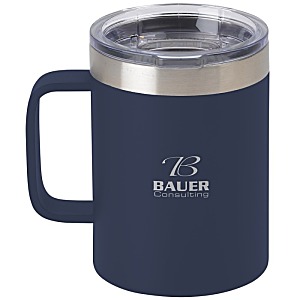
Laser Etching Aluminum:
Aluminum is an important light metal material in industrial production. Laser etching aluminum technology can make permanent markings on aluminum materials to ensure the uniqueness and reliability of aluminum parts. Besides, laser etching anodized aluminum is one of the important applications of laser etching aluminum. Laser etching anodized aluminum can remove the anodized layer from the aluminum surface and produce high-quality and sharp marks.
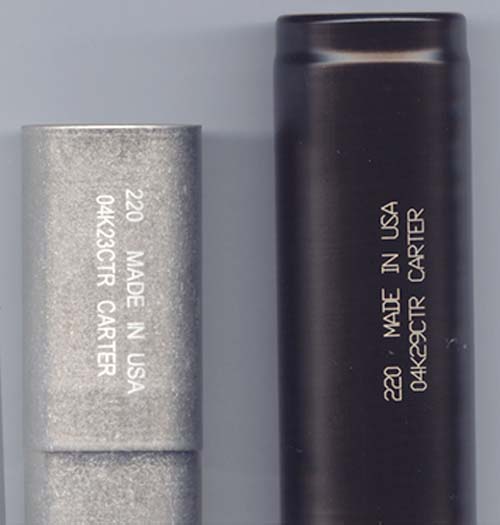
Laser Etching Copper:
Copper is a valuable material for making PCB, heat exchangers and motors. Laser etching copper can achieve quality assurance and traceability of copper parts. Besides, copper alloys such as brass have good luster and are suitable for making jewelry. Laser etching brass can process small-size brass jewelry and the etching pattern is delicate and exquisite. The laser etching brass is an ideal method for decorating brass jewelry.
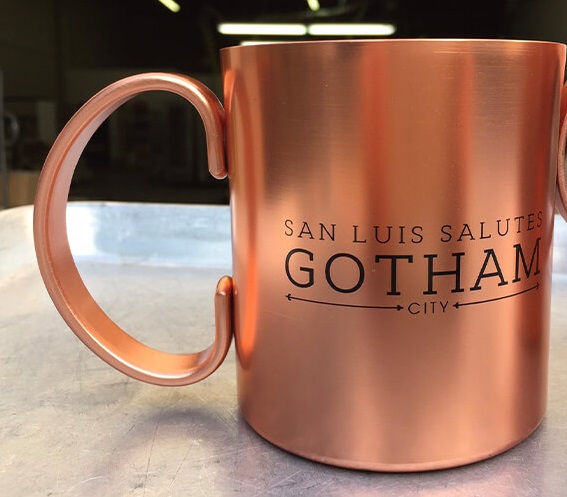
Laser Etching Titanium:
Titanium is also often used to make beautiful jewelry. Laser etching titanium can leave exquisite marks on titanium jewelry, which can meet customer’s jewelry customization needs.
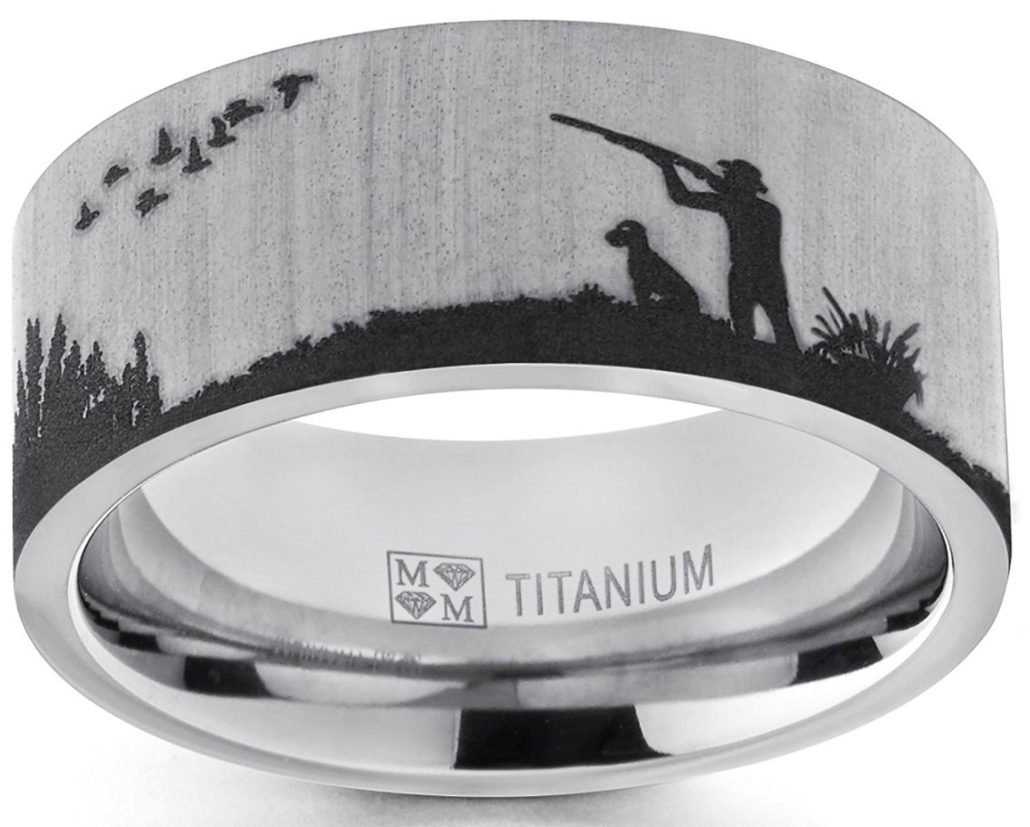
Which Industries Need Laser Etching Metal?
The main application of laser etching metal is that it can mark permanent identification codes, anti-counterfeiting labels, trademarks, logos, etc. on the metal parts so that the parts can be traced. Even if there is a problem found after several years, the manufacturers can trace the parts according to the etched information. Moreover, many countries have issued laws requiring machine parts to be marked with identification info. Laser etching metal is widely used in aerospace, electronic appliances, instruments, medical equipment, automobile parts, jewelry customization and many other industries.
In the aerospace industry, the core components of aircraft such as engines and propellers need to show detailed information which includes the manufacturer, model, certification and so on.
The medical industry also needs laser etching metal technology. The medical devices also need to be etched with important information to prove the safety and reliability of the parts.
In the auto manufacturing industry, the auto manufacturers use laser etching to trace the detailed information of each part, and hence the safety and reliability of the auto parts are ensured. The etched marks include manufacturer, production time, model number, etc. Once a part has a problem and needs to be replaced, the manufacturers can trace the specific information according to the etched marks. And it will be easier to analyze the reason for the problem and count which cars use the same parts, and recall the products when necessary.
In the jewelry customization industry, many customers want to engrave unique patterns on jewelry to give it a special meaning. This can be achieved by laser etching. Laser etching can process very small jewelry, which is difficult to do in other ways.
What Are the Specific Steps of Laser Etching Metal?
Laser etching metal is a unique processing method in the metal processing field. It can make metal materials unique and easy to trace by etching identification codes. Besides, laser etching metal has high efficiency and high precision and can be combined with automobile manufacturing lines to realize automated batch processing. What’s more, it can also be used to customize jewelry to help customers give each piece of jewelry a unique meaning. Are you ready to start laser etching metal? If so, then let’s get started!
Step One: Draw the Etching Pattern
The first step that you need to do is to prepare the pattern you want to etch. Choose a ready-made picture that the laser software can accept, or use drawing software to draw an etching pattern you like.
Here are some drawing software suitable for metal laser etching: Adobe Illustrator, AutoCAD, LaserGRBL, Laserweb, Lightburn, Inkscape, Draftsight, SketchUp, Solidworks, OnShape. You can download the software on their official websites. Some software is chargeable, such as Adobe Illustrator, Draftsight, Lightburn. And some software is free, such as LaserGRBL, LaserWeb, Inkscape. To save costs, you can try those free software firstly to see if the functions are sufficient for you to draw etching patterns and if it can save your pattern as a format acceptable to your laser etching machine.
When drawing your etching pattern, you need to consider the size and proportion of the pattern. And also note that because the final etching pattern is black, white or gray, color patterns are not suitable for etching. You need to convert any color patterns into black and white images. In terms of image format, save the image according to the image format supported by your laser etching machine. The image is usually a vector image or a PDF image. If you want to etch patterns on a curved metal object, you need to stretch the image appropriately so that the etched pattern is not too narrow.
Step Two: Pre-treat the Metal Object
In the second step, you need to clean the metal object you need to etch patterns on. Remove the rust and corrosion and keep the metal surface dry and clean.
Why do we need to pre-treat the metal object? The reason is that the rust, oil and other pollutants on the metal surface will affect the laser ablation, so you need to completely remove them to ensure the best etching effect.
When it comes to cleaning metal workpieces, there are many ways you can try. Here we have listed a few relatively simple metal cleaning methods.
Remove the oil stains: Pour liquid detergent on the metal surface, rub it with a cotton swab to produce foam. After the oil stain is dissolved, wipe it with a cotton ball to remove the residue.
Remove the rust: You can cover the rusty area with baking soda powder and leave it for an hour, or soak the metal in white vinegar overnight, and then scrub the metal with steel wool or a scouring pad.
Remove the moisture: Use a towel to wipe the metal thoroughly and dry it in a ventilated environment.
Step Three: Spray the Etchant
After cleaning and drying the metal you need to etch, the next step is to spray the etchant on it.
The etchant is to make the etched part more clearly displayed. When etching metal, if the etchant is not sprayed, the etching effect may not be clear enough. Therefore, spraying the etchant on the metal surface is a necessary step for your laser etching metal project.
CerMark LMM 6000, CerMark ULTRA or markSolid 114 sprays can be good choices. These sprays can produce a durable black layer on various metals and are especially suitable for spraying aluminum to produce sharp color contrast. Choosing the version with a smooth spray system can make you spray small or large areas more evenly and smoothly. Also, remember to shake the spray can thoroughly before use to make the etchant evenly suspended in the can.
If you are looking for a cheaper alternative, dry moly lube is a good choice. A can of dry moly lube is usually only about ten dollars. And it is very suitable for spraying stainless steel. After being sprayed on the metal surface, the moly lube will quickly evaporate and form a thin film on the metal surface. After the first layer is dry, continue to spray the second or third layer. You can spray 2 to 3 layers as needed.
Step Four: Start the Etching
Two important things for using laser etching machine:
- Before and during the operation, wearing necessary protective devices is necessary to prevent the laser from causing injury to your safety.
- If this is your first time etching a certain material and you are not sure what parameters to use, try with a sample firstly and check the etching effects with different parameters (laser power, speed, laser focus, etc.).
Now, let’s get started with the laser etching!
First of all, wear protective glasses. And put the sprayed metal object on the machine table. Power on the laser etching machine, and load the etching pattern into the control software of the machine. Then, adjust the laser height, set the laser power and speed, and then start the etching. After you finish the etching, wipe off the spray layer that has not been etched by the laser with alcohol or soft cloth so that you can enjoy the final etching result.
During the etching process, it should be noted that both laser speed and laser power will cause significantly different etching effects. Therefore, it is recommended to use different powers and speeds to etch different parts of a metal sample firstly and compare the etching effects to find the best etching parameters. If the result of the etching is a black area that cannot be seen clearly, it may be that the etching speed is too slow, or the laser power is too high, causing the material to be overheated. If the etching traces are relatively shallow, it may be that the etching power is insufficient, or the etching speed is too fast.
Final Word
Laser etching metal is a fun process. You can make unique patterns on your object. Hurry up and prepare a piece of metal to try laser etching! Besides, if you haven’t gotten a metal laser etcher but you often need laser etching, now is the right time for you to find a good metal laser etcher to support your project!

